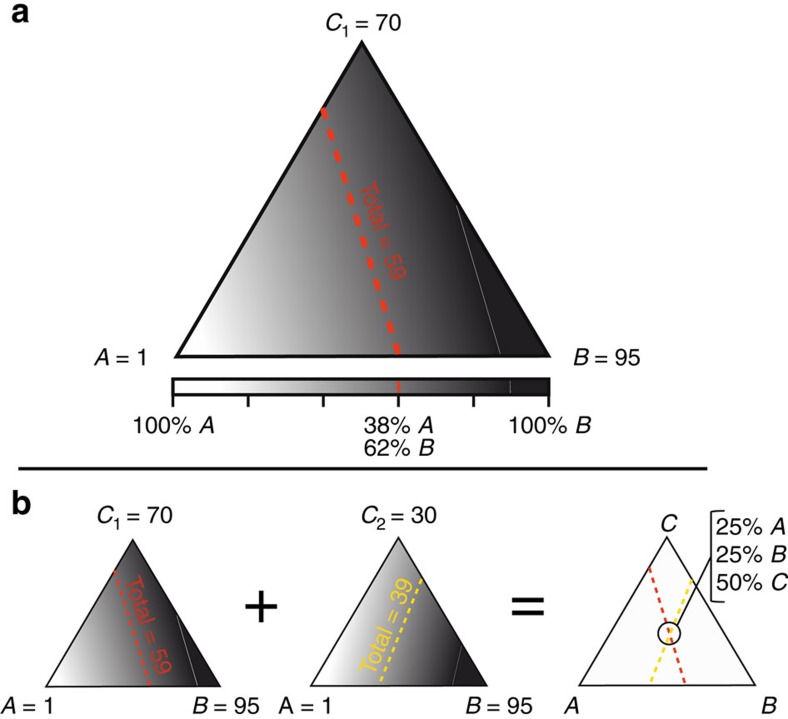Figure 1. Concept of multiple isotopic partitioning solutions to a hypothetical three-source system.
Shading corresponds to illustrative values representing the isotopic composition (in arbitrary units) of each end-member (A, B and C) or the combined isotopic composition for a given system. Dashed lines along a single combined isotopic composition represent possible partitioning solutions for the combined sources. (a) Given an isotopic composition (here, a shade of grey representing an isotope value of 59) for a two-source system (rectangle between A and B) there is only one solution (that is, 38% from A and 62% from B), but for the three-source system (triangle of A, B and C), there is a range of solutions, shown along the dashed red line, which does not allow the three sources to be conclusively quantified. (b) By designing a system with two treatments, where the third component is present in two different isotopic forms that are otherwise identical (two leftmost triangles, as indicated by different shades for C1 and C2), the range of solutions (dashed lines) will intersect at one point, which allows the total emissions to be partitioned conclusively into three parts (intersection of dashed lines in right triangle, indicating 25% A, 25% B and 50% C.

